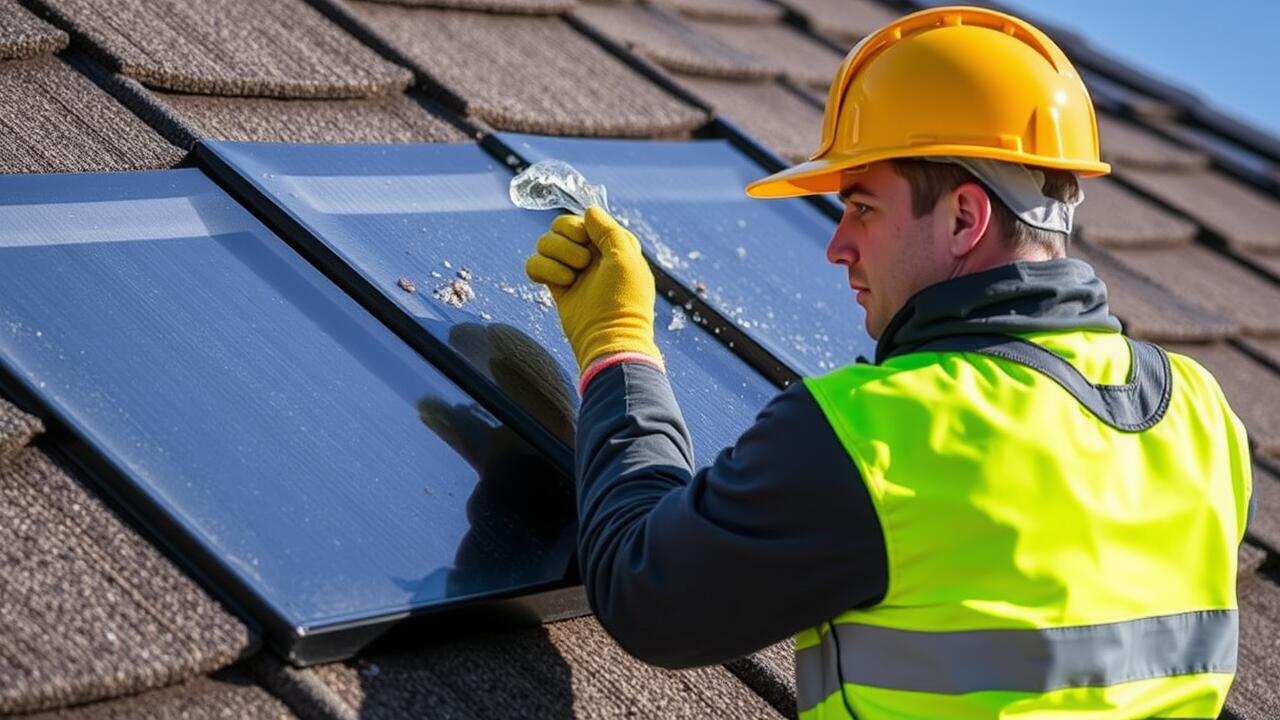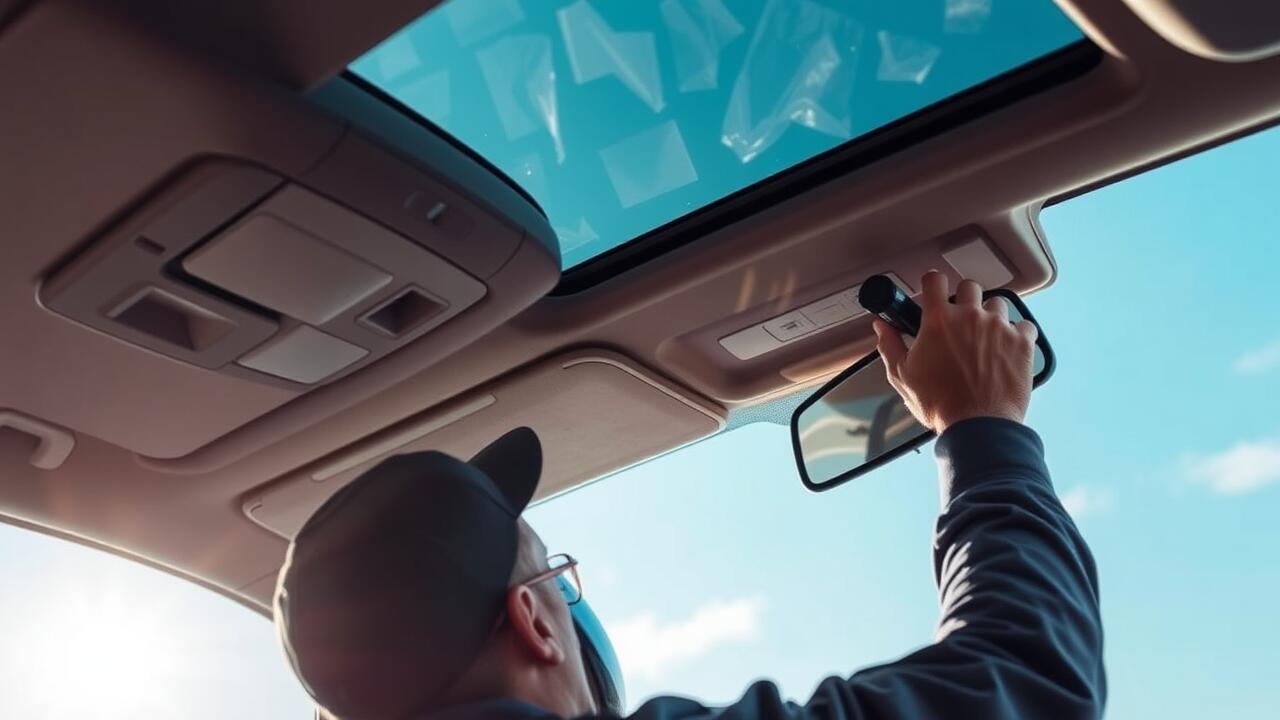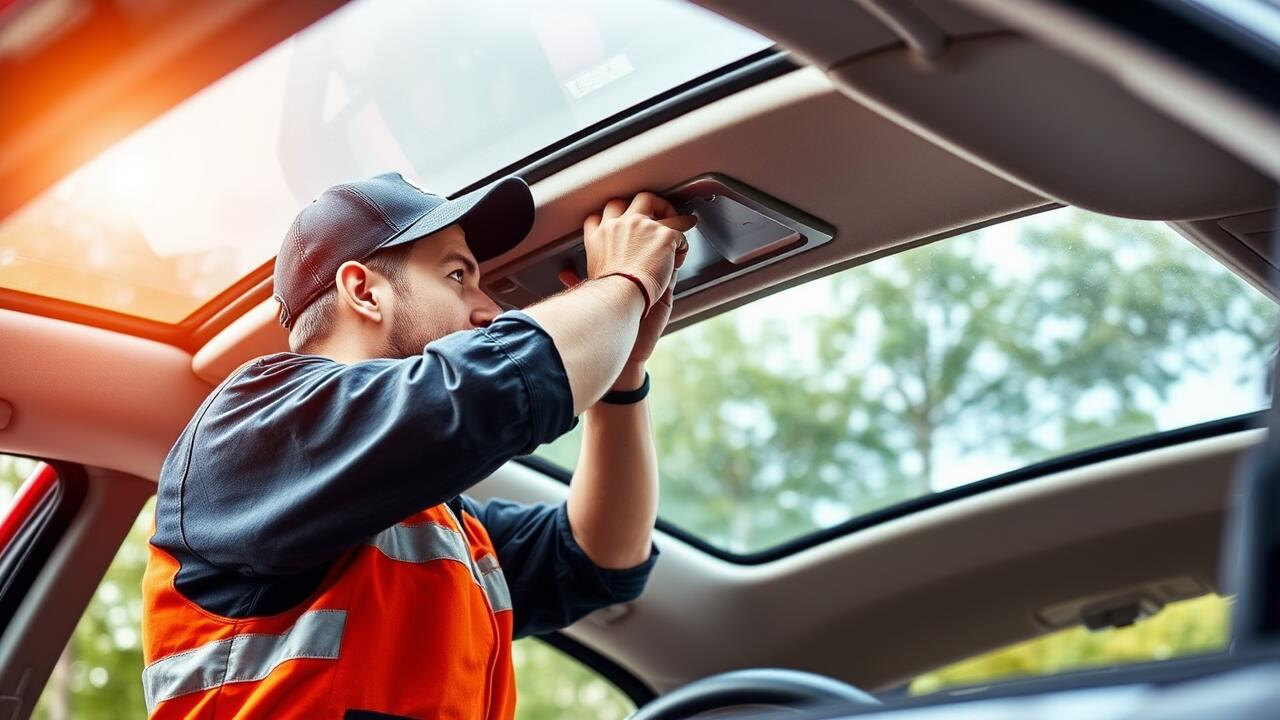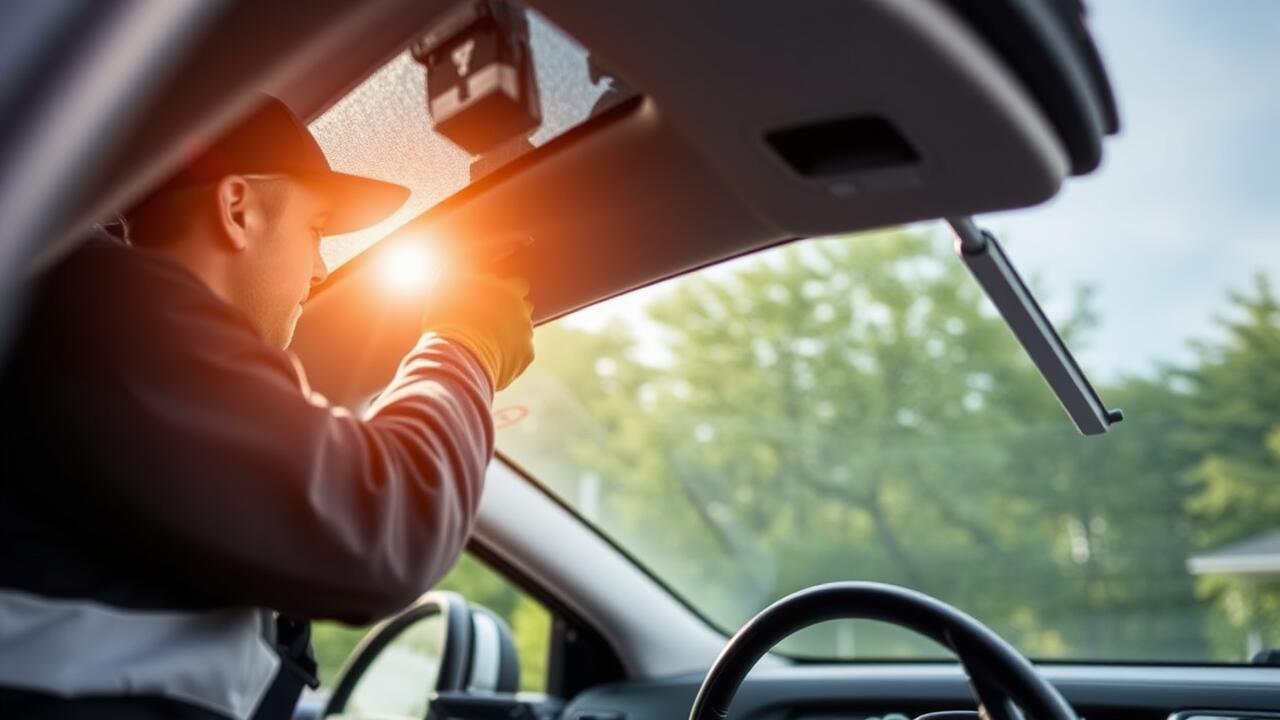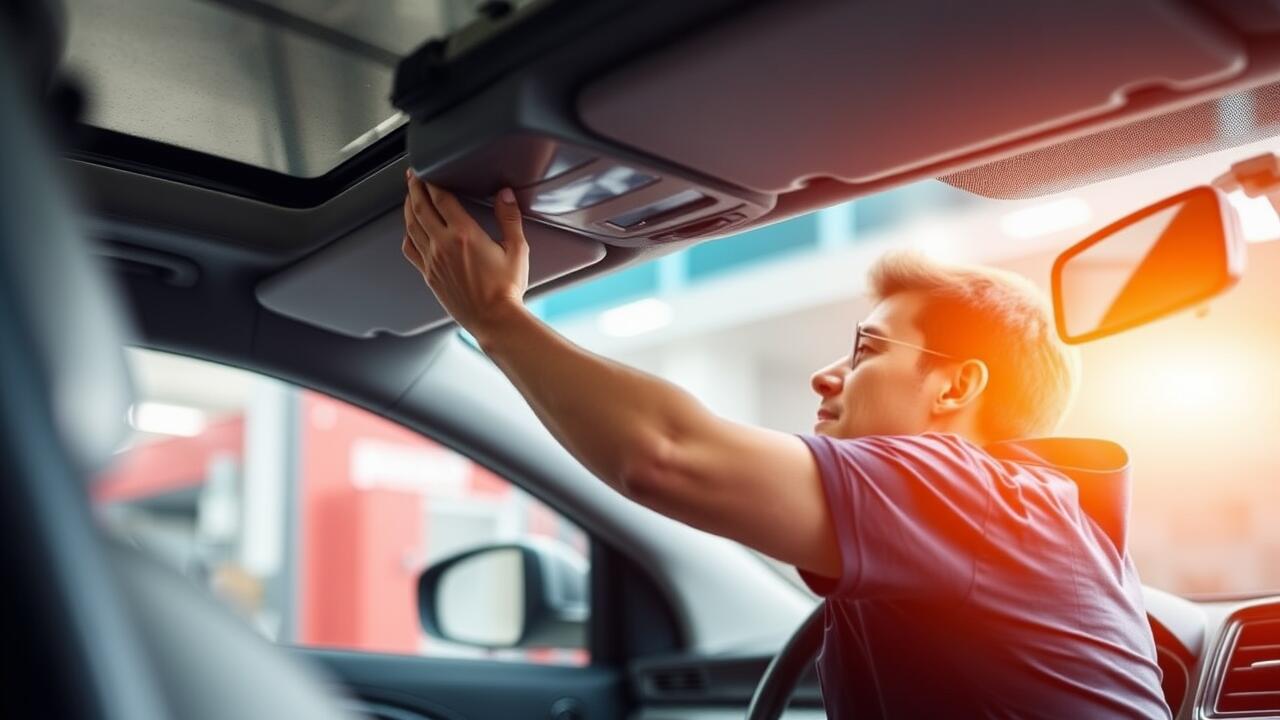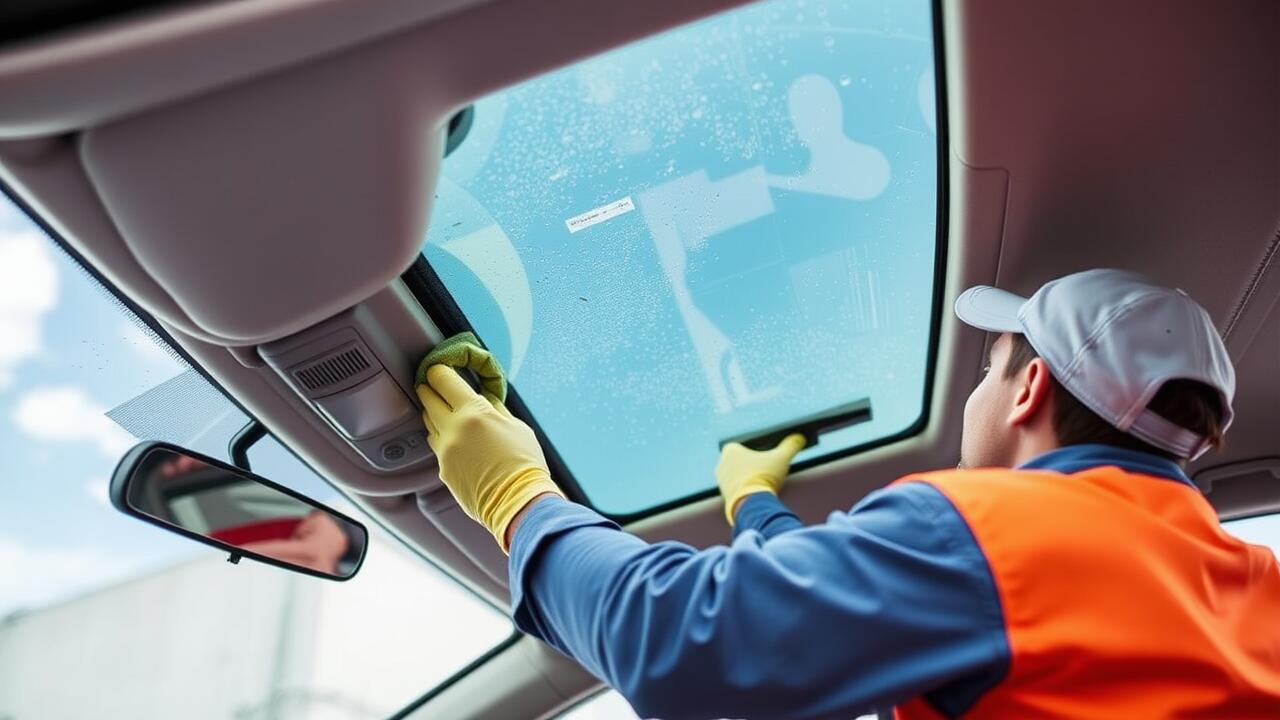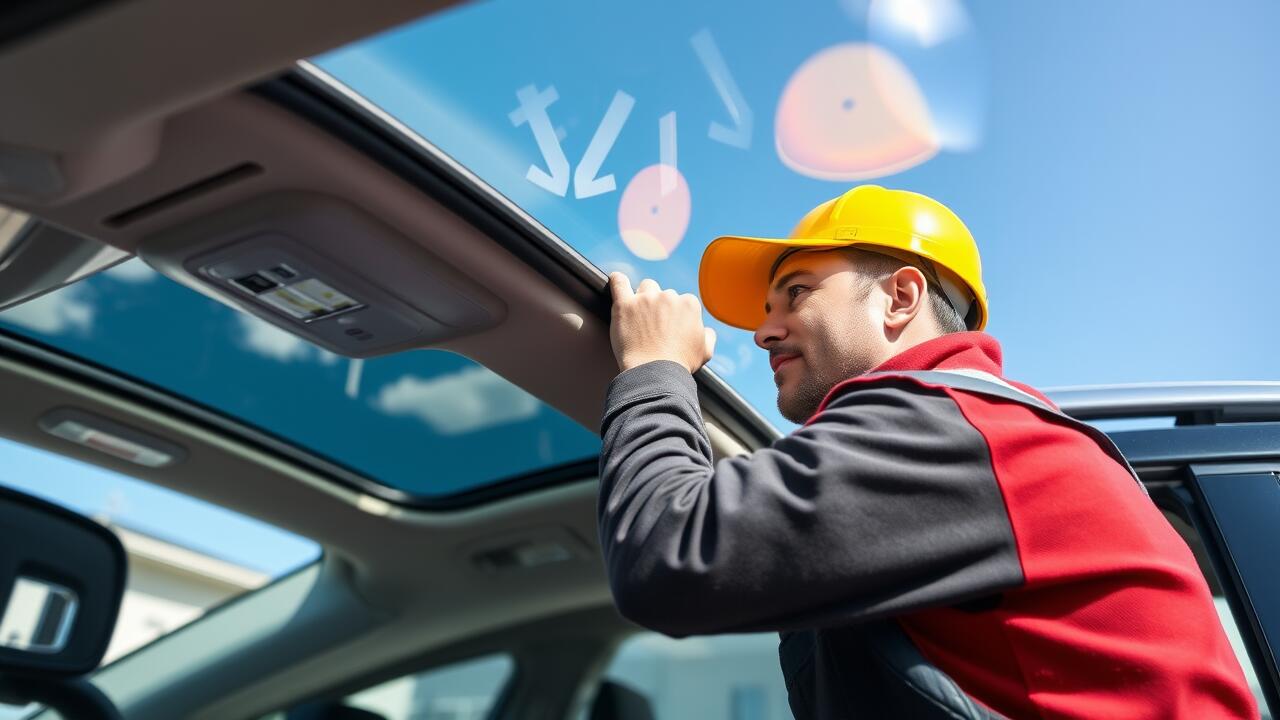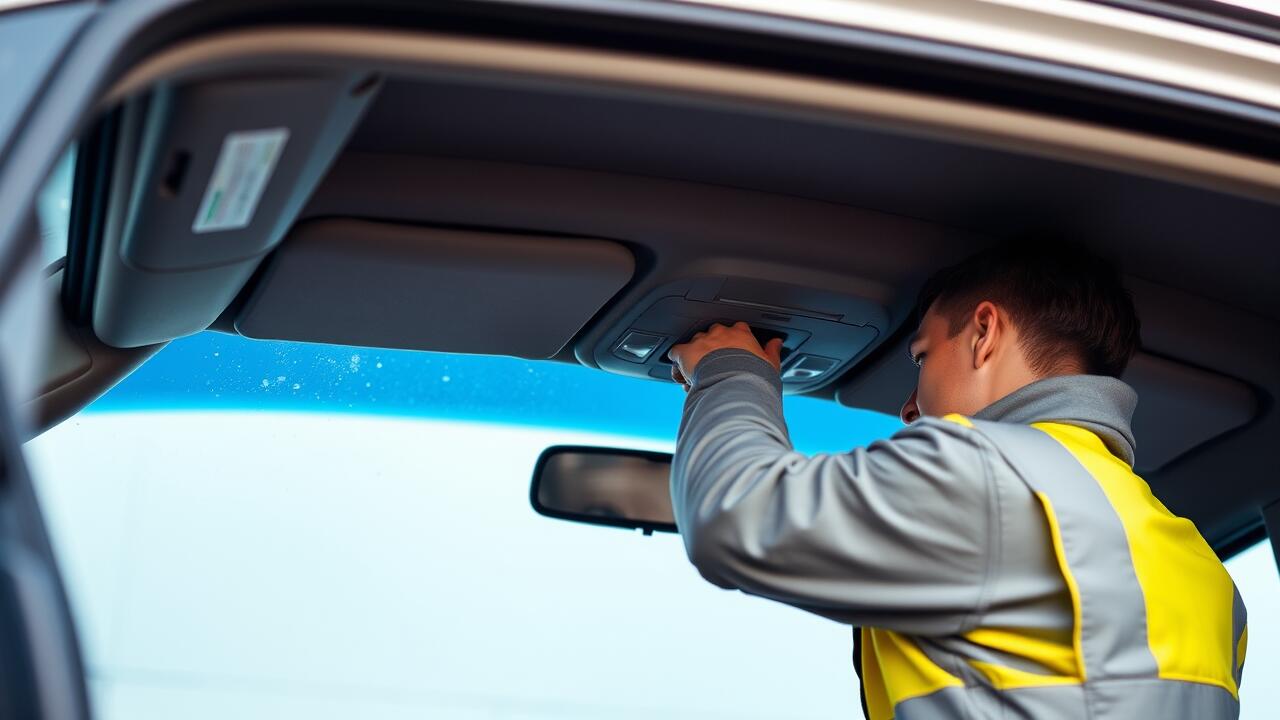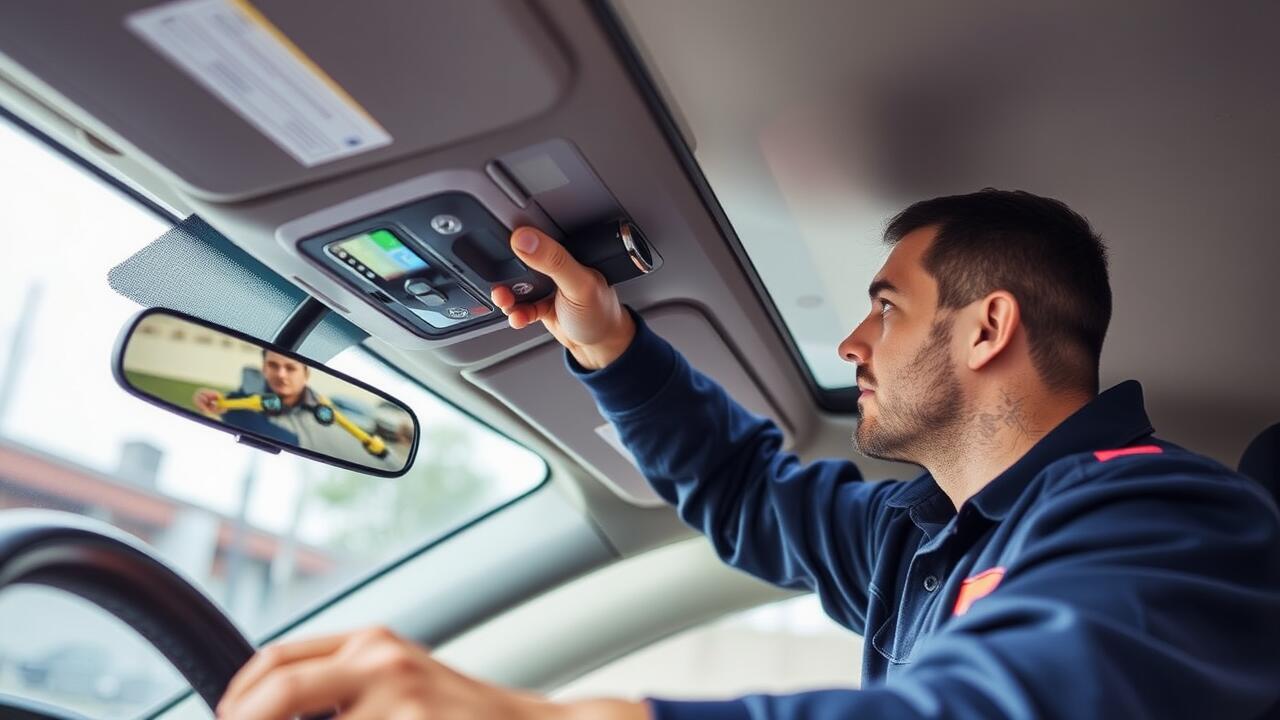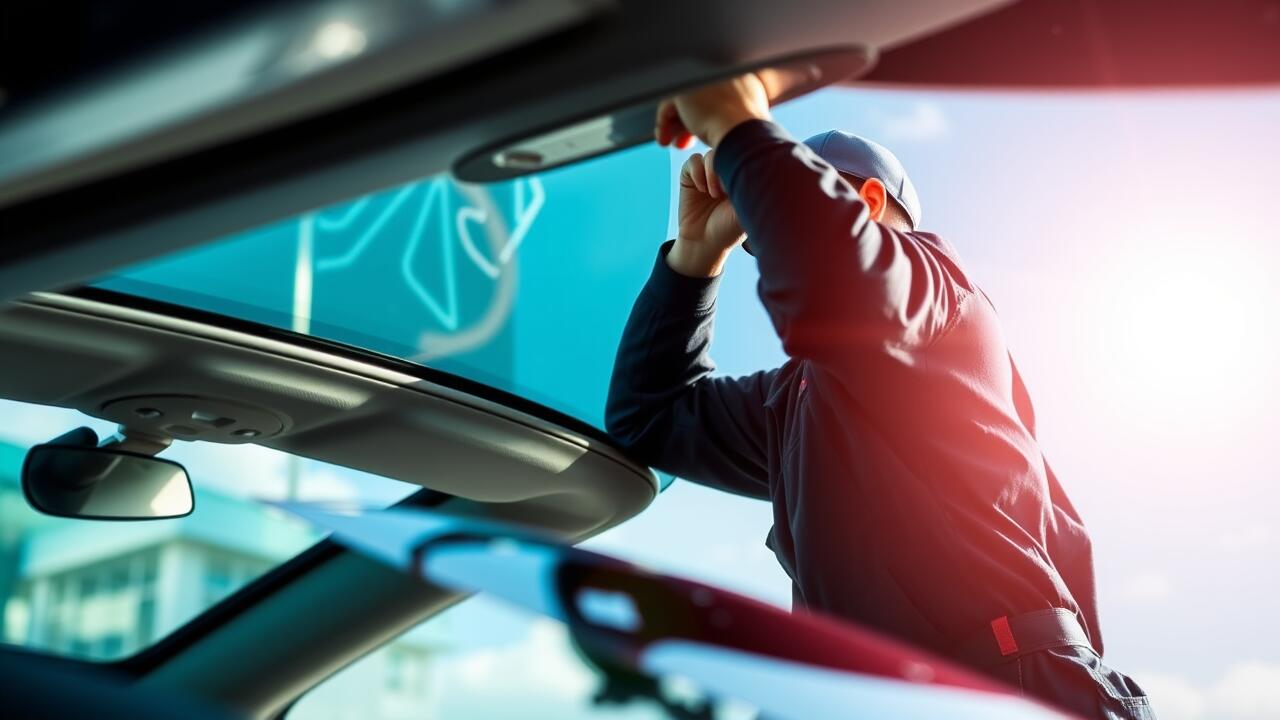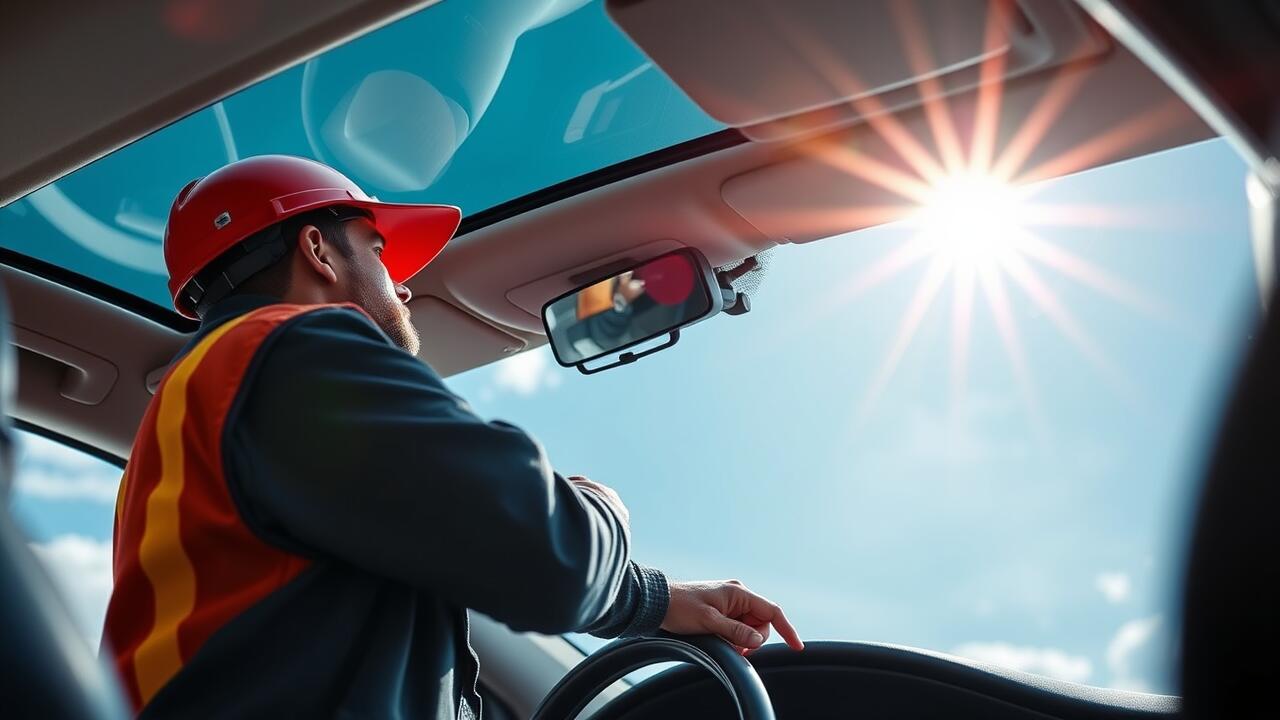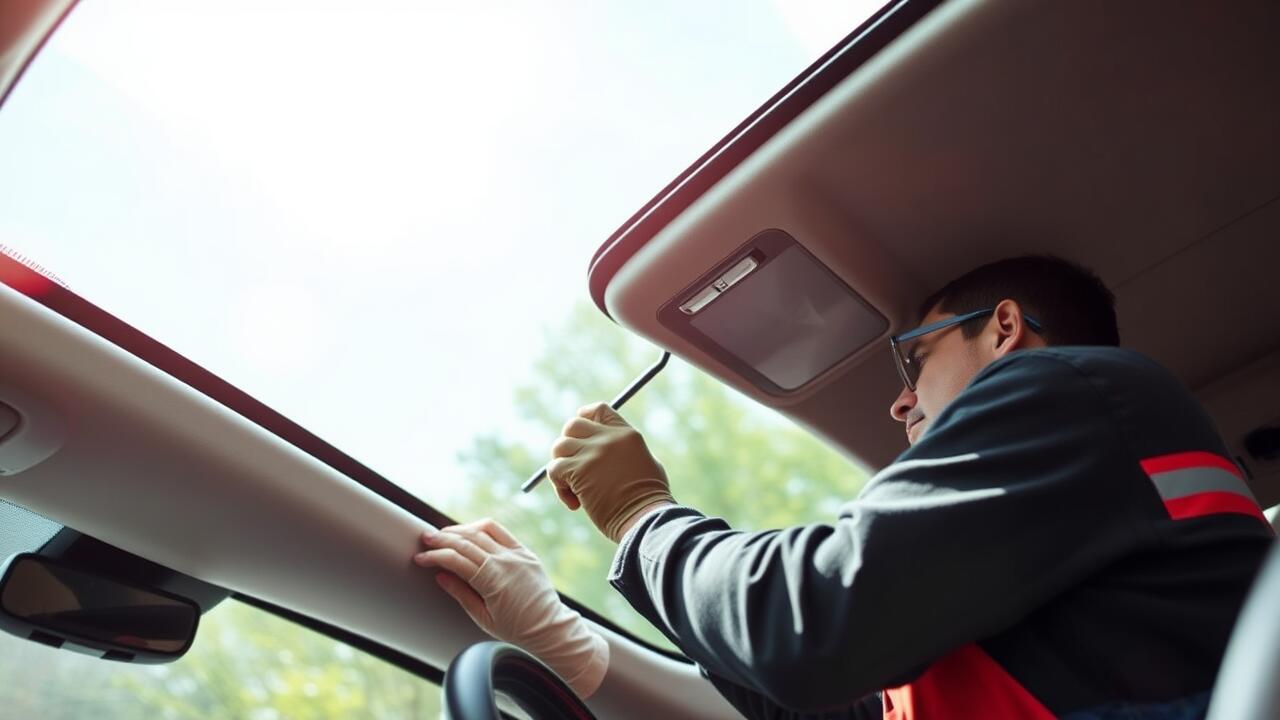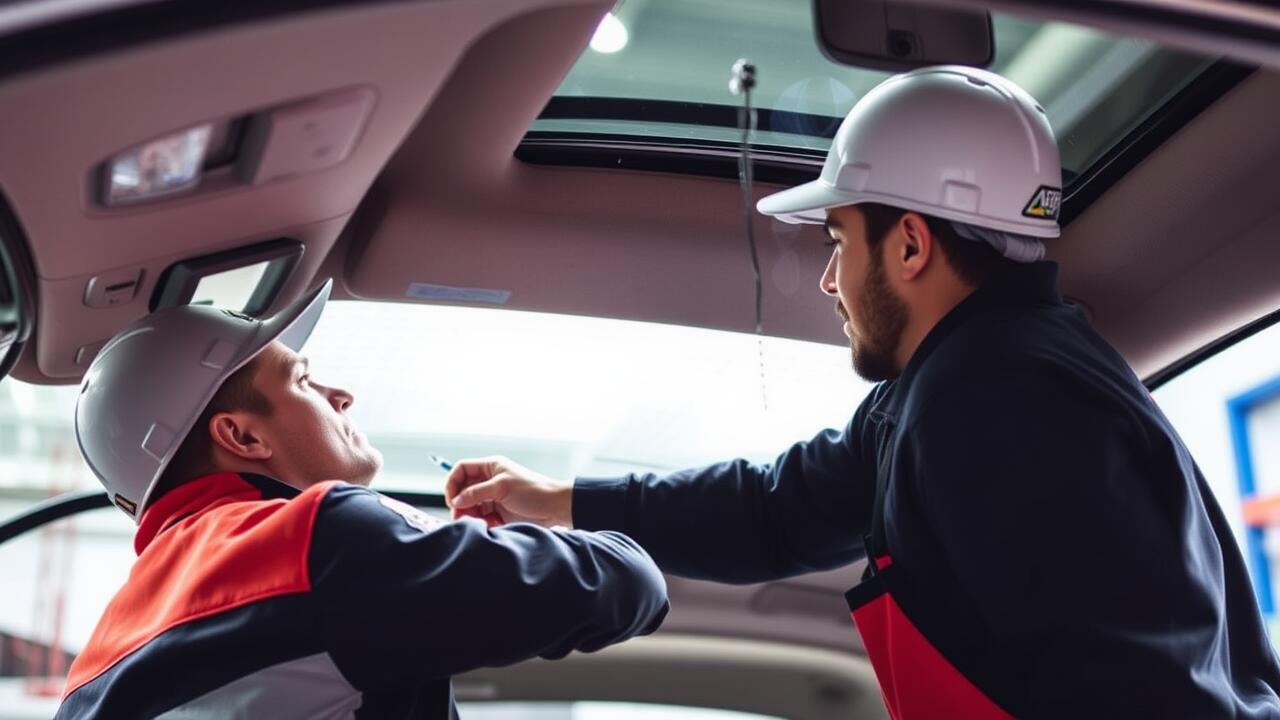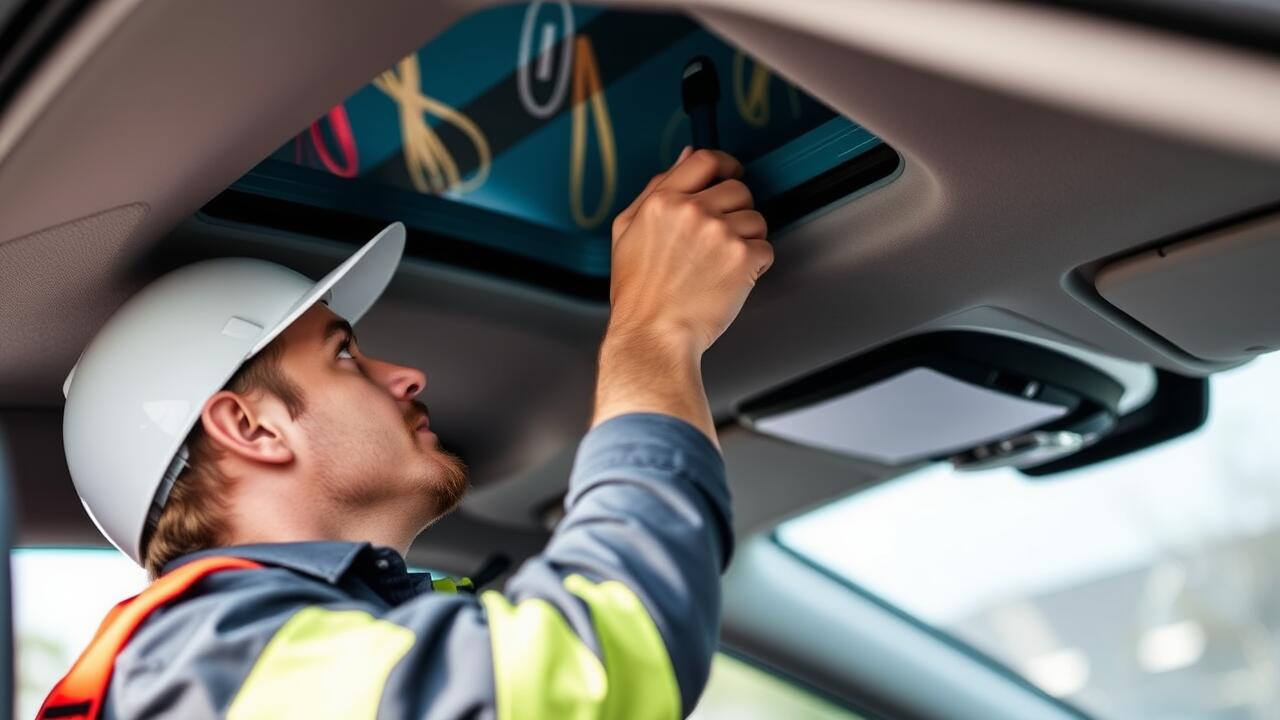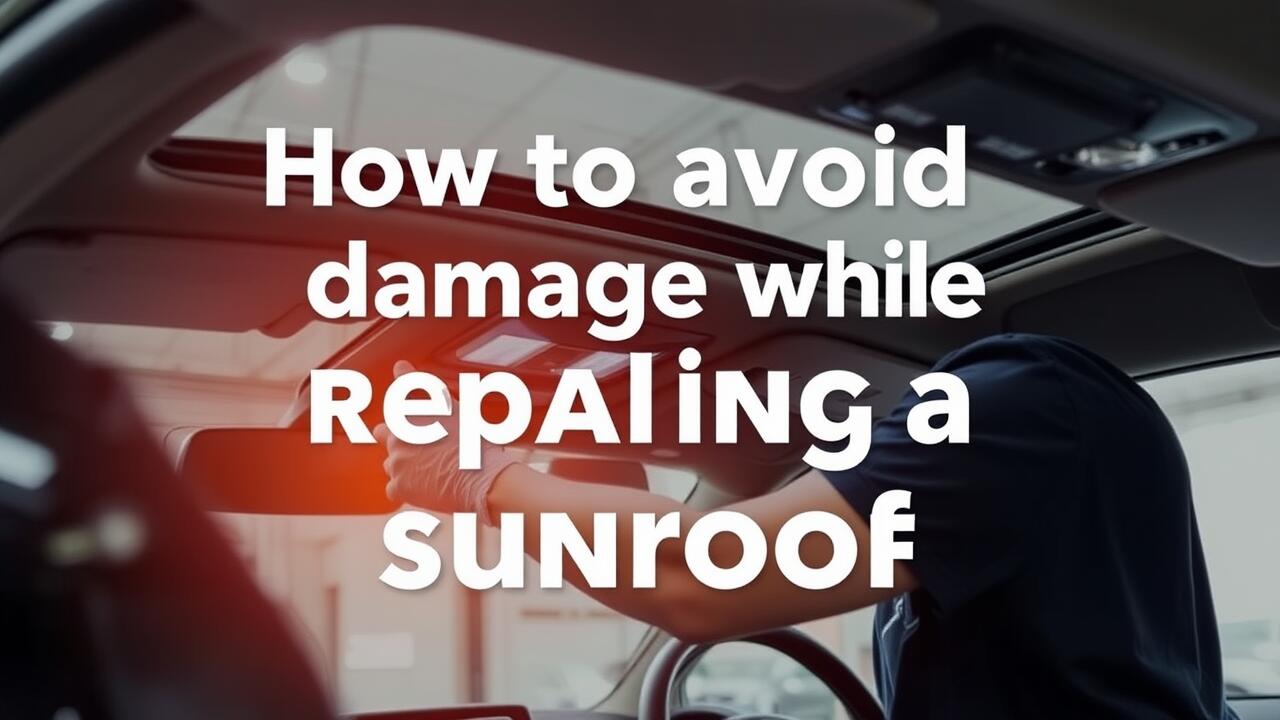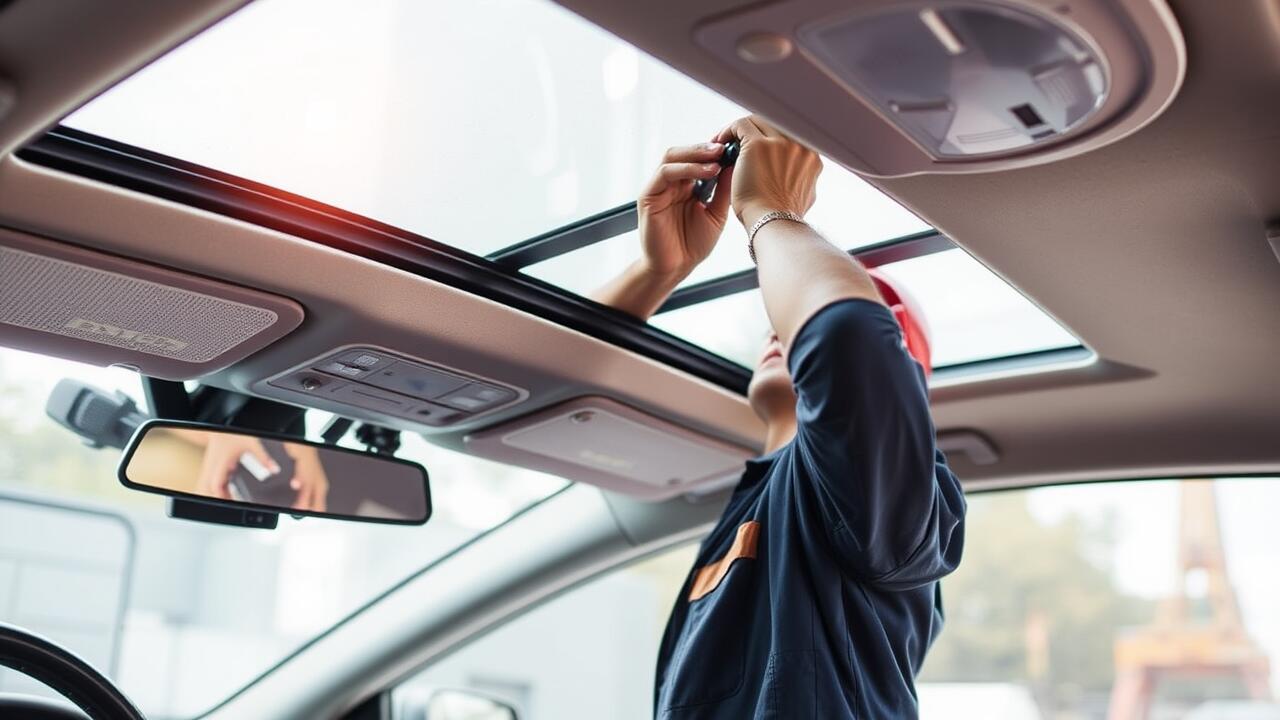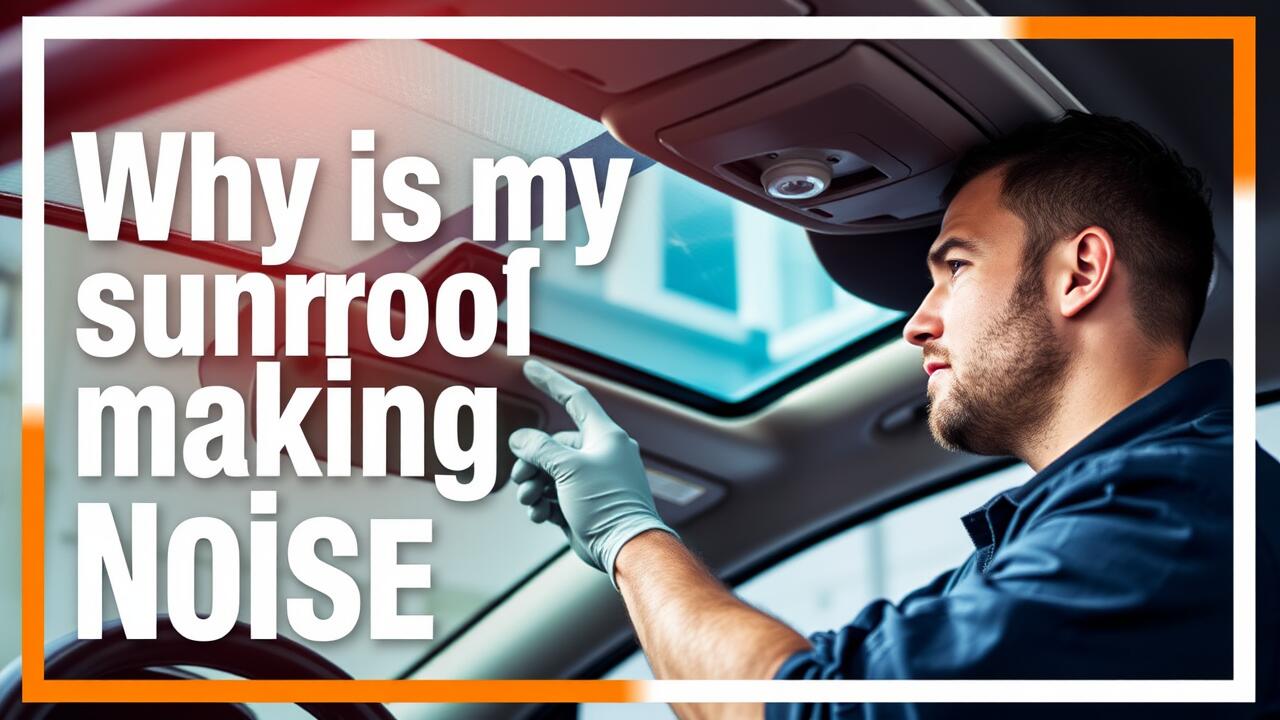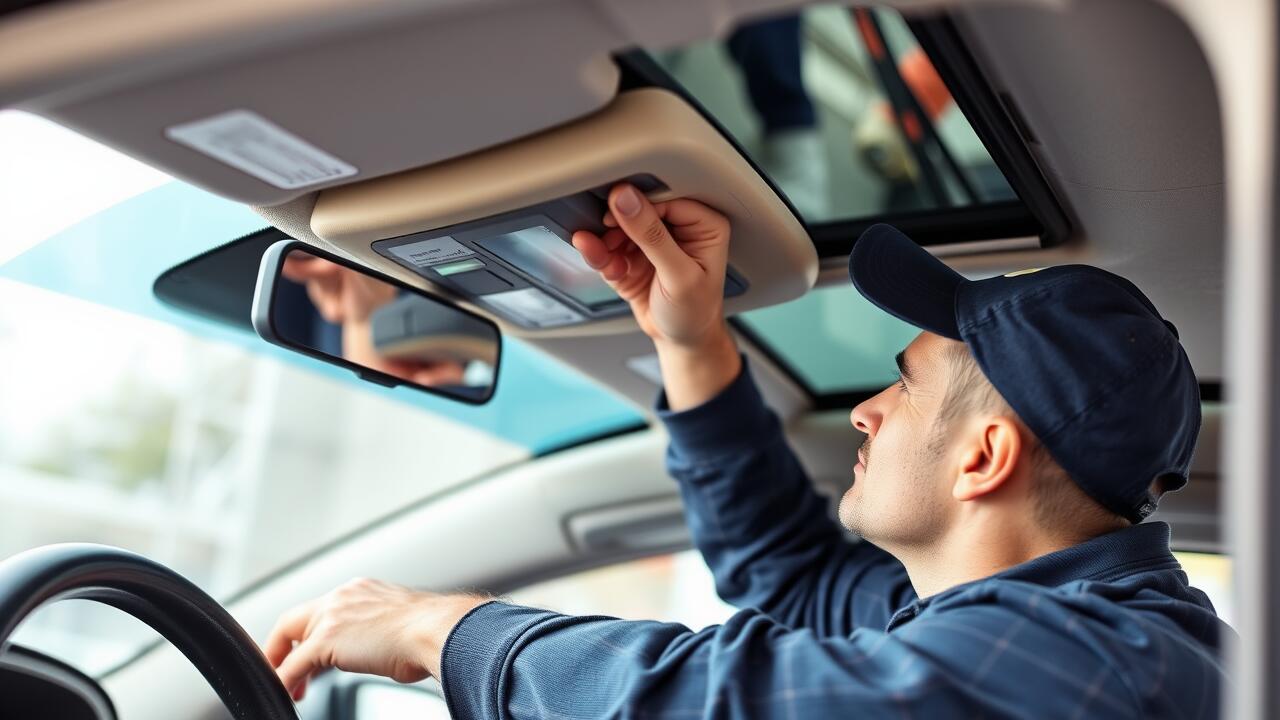
Table Of Contents
Verifying the Sunroof Switch Functionality
Before delving deeper into potential issues with a non-opening sunroof, it's essential to verify the functionality of the sunroof switch. A malfunctioning switch can be the root cause of the problem. Start by inspecting the switch for any visible damage or wear. If the switch appears intact, perform a simple test. Press the switch in both directions to see if it responds. Listen for any sounds from the sunroof mechanism. Silence may indicate a problem either with the switch itself or the electrical connections.
If the sunroof switch functions properly, the next step is to check the associated fuses. A blown fuse could disrupt power to the sunroof. Refer to your vehicle's owner manual to locate the specific fuse for the sunroof system. If replacing the fuse does not solve the issue, more extensive Sunroof Repair may be necessary. It's important to rule out the switch and fuse before moving on to potential mechanical problems with the sunroof itself.
How to Test the Switch
To test the sunroof switch, begin by ensuring the vehicle's ignition is in the correct position. This allows for power to the electrical components. Locate the sunroof switch on the vehicle's overhead console or the driver’s side panel. Press the switch in both the open and close directions to observe if it engages at all. A functioning switch should activate the sunroof smoothly without any hesitation or noise.
If the sunroof switch appears unresponsive, the issue may not solely be with the switch itself. Check the fuses related to the sunroof's electrical system, as a blown fuse can impede operation. If the fuses are intact and the switch is still malfunctioning, professional assistance may be necessary. Technicians specializing in sunroof repair can diagnose underlying electrical issues or replace the switch if needed, restoring functionality.
Analyzing Weather Conditions
Weather conditions can greatly influence the functioning of a sunroof. Extreme temperatures, whether excessively hot or cold, may affect the seals and mechanisms that control the sunroof's movement. In colder climates, ice and snow can build up, preventing the sunroof from opening. Even in milder weather, humidity can lead to internal moisture that might interfere with electrical components. Regular cleaning and maintenance are essential, especially during seasonal changes, to avoid unexpected issues when using the sunroof.
Understanding how weather impacts your vehicle’s sunroof is crucial for effective troubleshooting. If the sunroof remains stuck, moisture or debris could be responsible. Sunroof repair often involves addressing these weather-related problems to ensure smooth operation. Maintaining the sunroof’s surrounding area, including clearing away any obstructions, may prevent larger issues related to adverse weather conditions. By staying proactive against potential environmental influences, drivers can minimize the risk of malfunction.
Impact of Temperature on Sunroofs
Temperature fluctuations can significantly affect the functionality of a sunroof. In colder climates, materials can contract, leading to a tighter fit against seals and mechanics. Ice or frost buildup around the sunroof may prevent it from opening smoothly. Conversely, extreme heat can cause components to expand, potentially leading to misalignment or damage over time. Understanding these effects is essential when diagnosing sunroof issues.
When troubleshooting a non-opening sunroof, assessing temperature impacts is vital. A thorough inspection should consider whether the vehicle has been exposed to extreme weather conditions. Potential issues stemming from these conditions may require sunroof repair, especially if the components have suffered due to significant thermal stress. Keeping the sunroof well-maintained can mitigate such risks and prolong its lifespan.
Evaluating the Overall Condition of the Sunroof
The overall condition of the sunroof plays a crucial role in its functionality. Inspect the glass panel for cracks or chips that may prevent it from opening properly. Check the seals around the edges as worn or damaged seals can lead to leaks and operational issues. Additionally, ensure that the track mechanisms on either side are clear and free from debris. A thorough inspection can help identify mechanical failures that require sunroof repair.
Physical damage to the sunroof components can lead to problems in operation. Look for any signs of rust or corrosion, particularly in metal parts, as this could indicate prolonged exposure to moisture. If the sunroof does not open or close smoothly, it may be due to misalignment or damaged gears inside the mechanism. Assessing these aspects can aid in determining whether the sunroof needs repair or replacement to restore its functionality effectively.
Identifying Physical Damage
Inspecting the sunroof for physical damage is a crucial step in troubleshooting a non-opening mechanism. Look for any visible signs of wear or impact, such as cracks in the glass or dents in the frame. These types of damage can hinder the sunroof's operation and may require immediate attention. Additionally, check the seals around the sunroof. If these are torn or misaligned, they can prevent the sunroof from functioning properly.
If you identify any damage, consider the extent of the issue. Minor scratches may not affect functionality, but significant cracks may necessitate a professional evaluation. In cases where physical damage is present, Sunroof Repair services can offer a comprehensive assessment and solutions to restore the sunroof to optimal working condition. Keeping the sunroof in good shape ensures it remains a reliable feature for your vehicle.
FAQS
What should I do first if my sunroof won't open?
Start by verifying the functionality of the sunroof switch. Check if the switch is responsive and functioning properly, as a faulty switch could be the cause of the issue.
How can I test the sunroof switch?
To test the switch, use a multimeter to check for continuity. If the switch shows no continuity when pressed, it may need to be replaced.
Can weather conditions affect my sunroof's performance?
Yes, extreme weather conditions can impact sunroof operation. Cold temperatures can cause seals to freeze, while excessive heat may affect the components' functionality.
What temperature range should I be aware of when troubleshooting my sunroof?
Sunroofs can be particularly sensitive to temperatures below freezing or excessively hot conditions. It's essential to consider these factors when troubleshooting.
How can I check if there is physical damage to my sunroof?
Inspect the sunroof for any visible signs of physical damage, such as cracks, dents, or misalignment. Additionally, check the seals and tracks for debris or wear that could interfere with its operation.
